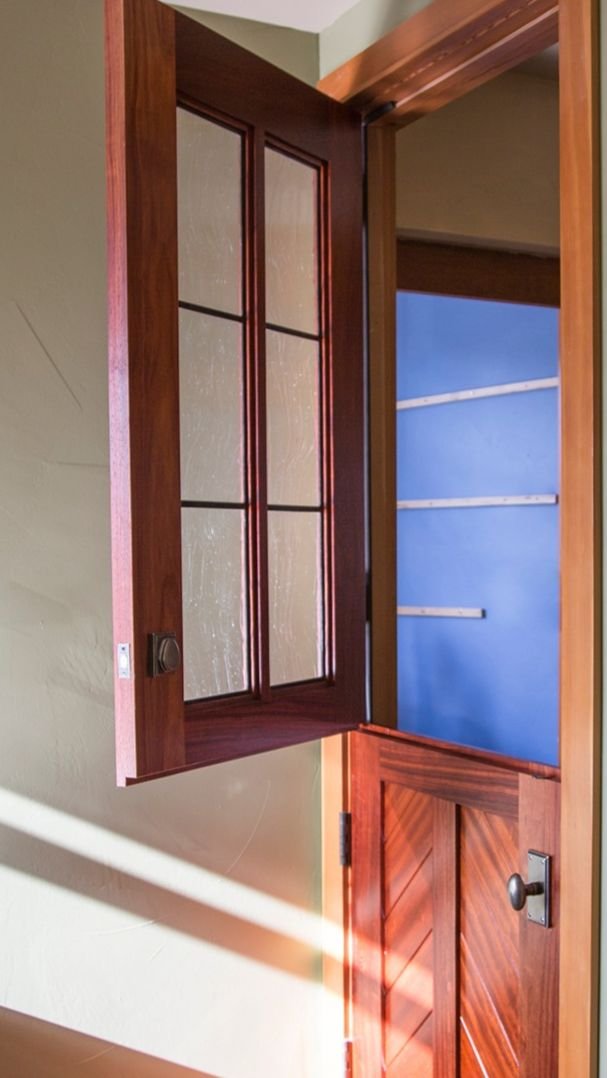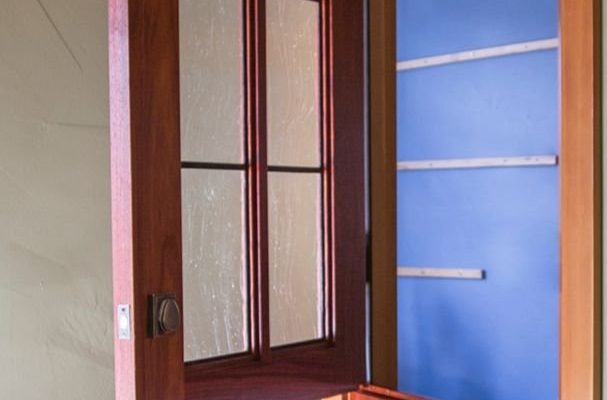
Understanding Dutch Doors: A Quick Overview
Dutch doors, often called “split doors,” consist of two separate sections. This means you can open just the top half while keeping the bottom half closed, which is perfect for ventilation without sacrificing security. It’s a classic look that works well in various spaces, from kitchens to entryways.
When it comes to choosing hardware for these charming doors, durability and style are key players. Your chosen hardware should not only match the aesthetics of your home but also withstand daily use. Think of hardware as the jewelry for your doors—it’s not just there for appearance; it should also be reliable and functional.
In the world of Dutch doors, you have a variety of hardware options, including hinges, handles, locks, and more, each playing an important role in both form and function. Let’s explore these options in detail.
Hinges: The Backbone of Your Dutch Doors
Hinges are more than just metal pieces; they’re the unsung heroes that allow your doors to swing smoothly. The right hinges can support the door’s weight while adding to its overall look. Here are major types of hinges you should consider:
- Butt Hinges: These are the most common type and are usually hidden when the door is closed. They come in various sizes and finishes, so you can find something that fits your style.
- Strap Hinges: Often used in rustic or farmhouse designs, these are longer and typically more visible. They add a touch of vintage charm.
- Continuous Hinges: Also known as piano hinges, they run the full length of the door. They provide extra support, ideal for heavier Dutch doors.
You might be wondering how to install these hinges. Here’s a tip: make sure you choose a hinge that matches the weight of your door. If it’s a heavier door, opt for continuous hinges for better stability. A good installation ensures that your Dutch door can open and close without a hitch, enhancing both its functionality and lifespan.
Handles: Adding Style and Functionality
Choosing the right handles for your Dutch doors can make a world of difference in how they feel and operate. You have a range of options, from sleek modern handles to rustic styles that evoke country charm. Here are a few types to consider:
- Lever Handles: These are quite popular for their ease of use. A simple push or pull is all it takes, making them accessible for all ages.
- Knobs: While they may seem traditional, knobs can be very stylish. They come in various materials, from wood to metal, allowing you to customize your look.
- Pull Handles: Ideal for a more modern look, these handles can be both functional and decorative. They’re especially useful if you have a heavier top half of the door.
Remember, the handle should not only look good but also be comfortable to use. Imagine coming home after a long day and struggling with a cumbersome knob—it can be a real mood killer. Choose a handle that complements your door’s style and is practical for everyday use.
Locks: Security Meets Design
When it comes to Dutch doors, you can’t overlook the importance of security. Even if the beautiful design catches your eye, a sturdy lock is essential for peace of mind. Here are some common options:
- Cylindrical Locks: These are the most common type and are fairly easy to install. They provide decent security and come in various finishes.
- Deadbolts: If you’re looking for added security, opt for a deadbolt. They’re more secure than standard locks and come in single or double-cylinder options.
- Smart Locks: For the tech-savvy, smart locks offer convenience and security at the same time. You can control access through your smartphone, which adds an extra layer of modern convenience.
Investing in quality locks is a smart choice. Remember, a beautiful door won’t do you much good if it can’t keep your home secure. Look for locks that not only fit your door design but also meet your security needs.
Choosing Finishes and Colors
When selecting hardware for your custom Dutch doors, the finish can either make or break the overall aesthetic. You have several options here, and each can significantly influence the vibe of your space.
- Brushed Nickel: This finish offers a sleek, modern look and is great for contemporary spaces. It’s also resistant to fingerprints, making it easier to maintain.
- Oil-Rubbed Bronze: Perfect for a rustic feel, this finish adds warmth and character. It ages beautifully, developing a unique patina over time.
- Polished Chrome: If you want a shiny and bright look, polished chrome is your go-to. It gives a fresh, clean feel, ideal for modern and minimalist designs.
Here’s the thing: your choice of finish should not only match the doors but also harmonize with other elements in your space. For example, if you have a country-style kitchen, oil-rubbed bronze handles would be a perfect fit.
Accessory Hardware: The Finishing Touches
Don’t forget about the little things! Accessories can enhance the functionality and aesthetic of your Dutch doors. Some pieces to consider include:
- Door Stops: These keep your doors from swinging too far and damaging the wall. They come in various styles, so you can choose one that matches your decor.
- Strikes and Plates: These are vital for the lock mechanism and help ensure a snug fit when the door is closed. Choosing the right type is essential for security.
- Decorative Hinges: If you want to make a statement, consider decorative hinges that can add flair to your doors while still being functional.
These accessories might seem minor, but they play a crucial role in the overall functionality and appearance of your Dutch doors. Think of them like the perfect seasoning to a dish—they elevate the entire experience.
Installation Tips for Your Dutch Door Hardware
Installing hardware on your custom-built Dutch doors can be a DIY project, but it requires care and precision. Here are a few tips to keep in mind:
- Pre-Drill Holes: If you’re using screws, pre-drilling holes can prevent the wood from splitting. It also makes installation easier.
- Measure Twice, Cut Once: Before making any cuts or drilling, double-check measurements. A small mistake can lead to a misaligned door that doesn’t close properly.
- Follow Manufacturer Instructions: Each piece of hardware may have specific installation requirements. Always refer to the manufacturer’s guidelines for best results.
Taking the time to install each piece carefully will pay off in the long run. You’ll enjoy a smooth-operating door that looks polished and professional.
In conclusion, choosing the best hardware for your custom-built interior Dutch doors is a thoughtful process. From hinges to locks, every piece plays a vital role in the door’s functionality and style. By understanding your options and prioritizing quality, you can create doors that not only enhance your space but also stand the test of time. So, as you embark on your DIY journey, remember: thoughtful choices lead to beautiful, functional results.
